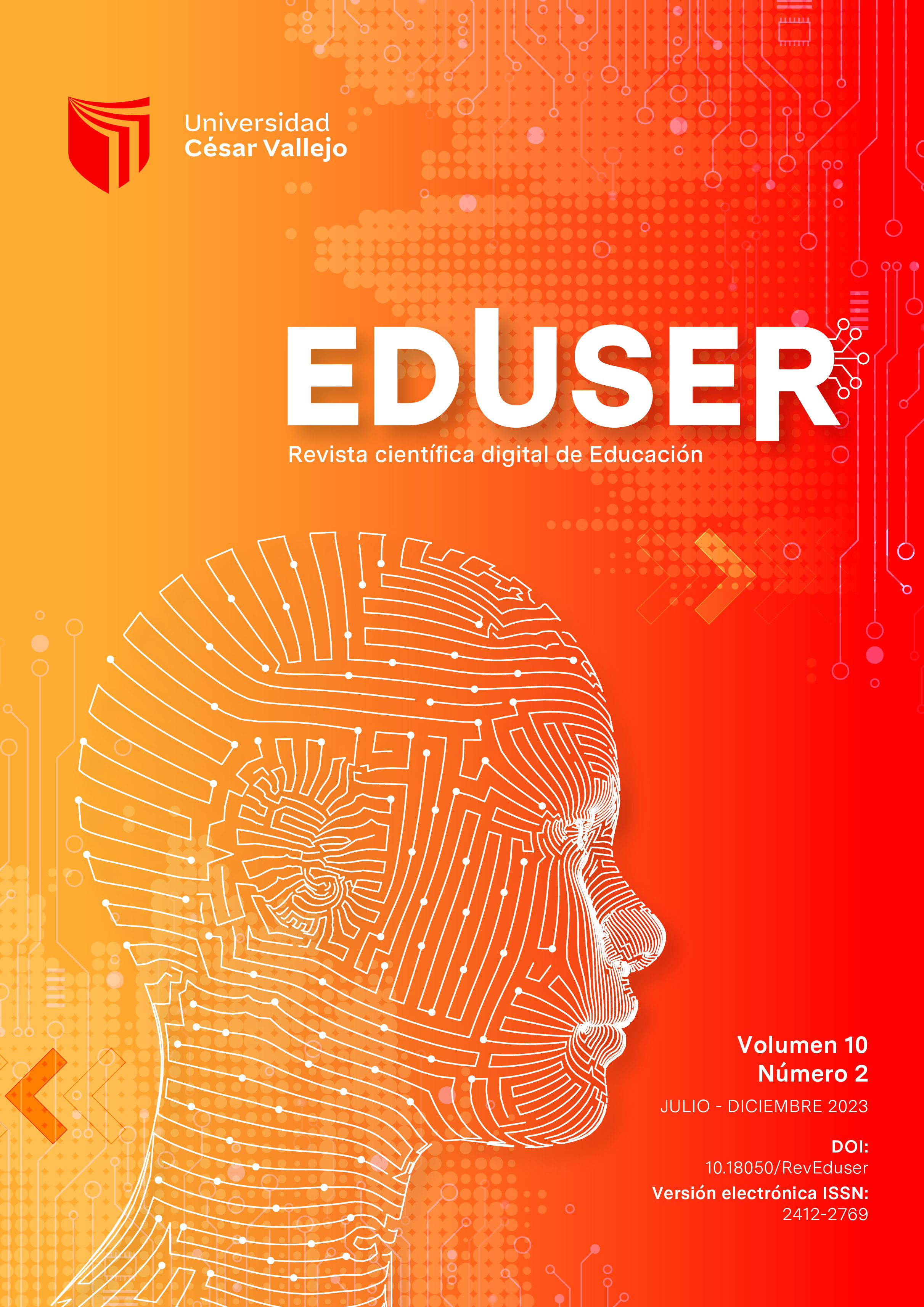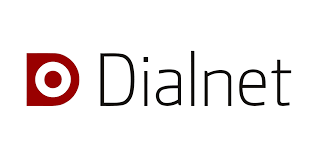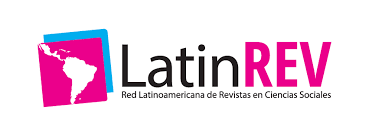Modelo Didáctico en el Proceso Enseñanza – Aprendizaje en Nivel Superior
DOI:
https://doi.org/10.18050/eduser.v10n2a5Palabras clave:
enseñanza, aprendizaje, modelo educativo, tecnologíaResumen
El propósito principal de la investigación fue crear un enfoque educativo para facilitar el aprendizaje de la física en un curso de mecánica a nivel universitario, apoyado en la utilización de recursos tecnológicos y enfoques didácticos activos y participativos adecuados para satisfacer las necesidades y requerimientos de la era actual. El estudio fue llevado a cabo en la Universidad Nacional de Ingeniería, específicamente en la sede de la UNI - Norte, ubicada en Estelí, utilizando un enfoque mixto con predominio cualitativo dentro del paradigma sociocrítico. La muestra incluyó a un total de 90 estudiantes, 5 profesores, un coordinador y un director, quienes fueron seleccionados utilizando un método de muestreo no probabilístico y por conveniencia. Para recolectar los datos, se emplearon diversas técnicas, como análisis de documentos, revisión bibliográfica, observación, entrevistas, análisis de matrices, grupos de discusión y encuestas. Se desarrolló un modelo didáctico heurístico cuyo objetivo es mejorar el proceso de enseñanza-aprendizaje de la Física en la educación superior. Este modelo se destaca por su aplicabilidad en otras disciplinas, como la matemática. Se concluye que la aplicación de este modelo puede tener un impacto significativo en la promoción de nuevas investigaciones científicas en el ámbito de la enseñanza de la física y las matemáticas. Se ofrece una contribución significativa para mejorar el proceso de enseñanza-aprendizaje en la educación superior mediante la introducción de un modelo heurístico innovador y flexible.
Descargas
Referencias
Hernández, D. A., y Hernández, F. J. (2023). Diseño De Modelo Heurístico (DONALD) Para La Enseñanza – Aprendizaje De La Física A Nivel Universitario. Revista Ciencia y Tecnología El Higo, 13(1), 46–59. https://doi.org/10.5377/elhigo.v13i1.16370
Hernández, R., Fernández, C., & Baptista, M. D. (2014). Metodología de la investigación. McGraw-Hill Interamericana.
Herrera, C. J. (2023a). Interdisciplinariedad a través de la Investigación en Matemática y Física. Revista Chilena de Educación Matemática, 15(1), 31–45. https://doi.org/10.46219/rechiem.v15i1.126
Herrera, C. J. (2023b). Metodología basada en competencias para el aprendizaje de las matemáticas. Revista Varela, 23(65), 165-176. https://doi.org/10.5281/ZENODO.7873784
Martínez, M. (2006). Ciencia y Arte en la metodología Cualitativa. (2 ed.). TRILLAS.
Muñoz, C. (2011). Cómo elaborar y asesorar una investigación de tesis. (2 ed.). Pearson Educación.
Pineda, E. B., Alvarado, E. L., & Canales, F. H. (1994). Metodología de la Investigación. Manual para el desarrollo de personal de la Salud. (2 ed.). Organización Panamericana de la Salud.
Schuster, A., Puente, M., Andrada, O., y Maiza, M. (2013). La Metodología Cualitativa, Herramienta para Investigar los Fenómenos que Ocurren en el Aula. La Investigación Educativa. Revista Electrónica Iberoamericana de Educación en Ciencias y Tecnología, 4(2), 109 - 124. https://exactas.unca.edu.ar/riecyt/VOL%204%20NUM%202/TEXTO%207.pdf
Serna, H., y Díaz, A. (2013). Metodologías Activas del Aprendizaje. Fundación Universitaria María Cano. https://1library.co/document/ky6mr17q-libro-metodologias-humberto-serna-gomez.html
Taylor, S. J., y Bogdan, R. (2001). Introducción a los métodos cualitativos de investigación. (3 ed.). Paidós Ibérica, S.A.
Universidad Nacional de Ingeniería. (2008). Modelo Educativo Institucional, un compromiso de todos para construir hoy la UNI del futuro. Managua, Nicaragua. https://ingenieriaciviluninorte.files.wordpress.com/2010/06/mei-final.pdf
Archivos adicionales
Publicado
Número
Sección
Licencia
Derechos de autor 2024 Donald Ariel Hernández Muñoz, Cliffor Jerry Herrera Castrillo

Esta obra está bajo una licencia internacional Creative Commons Atribución 4.0.














